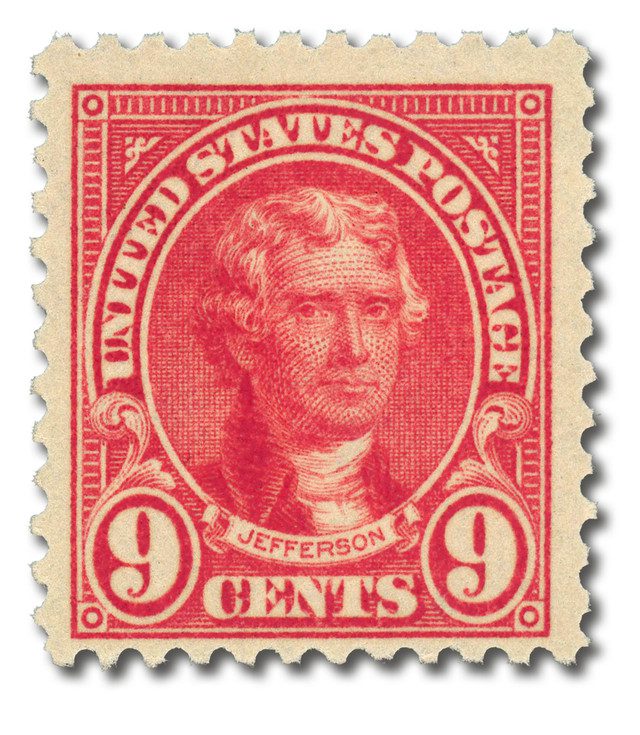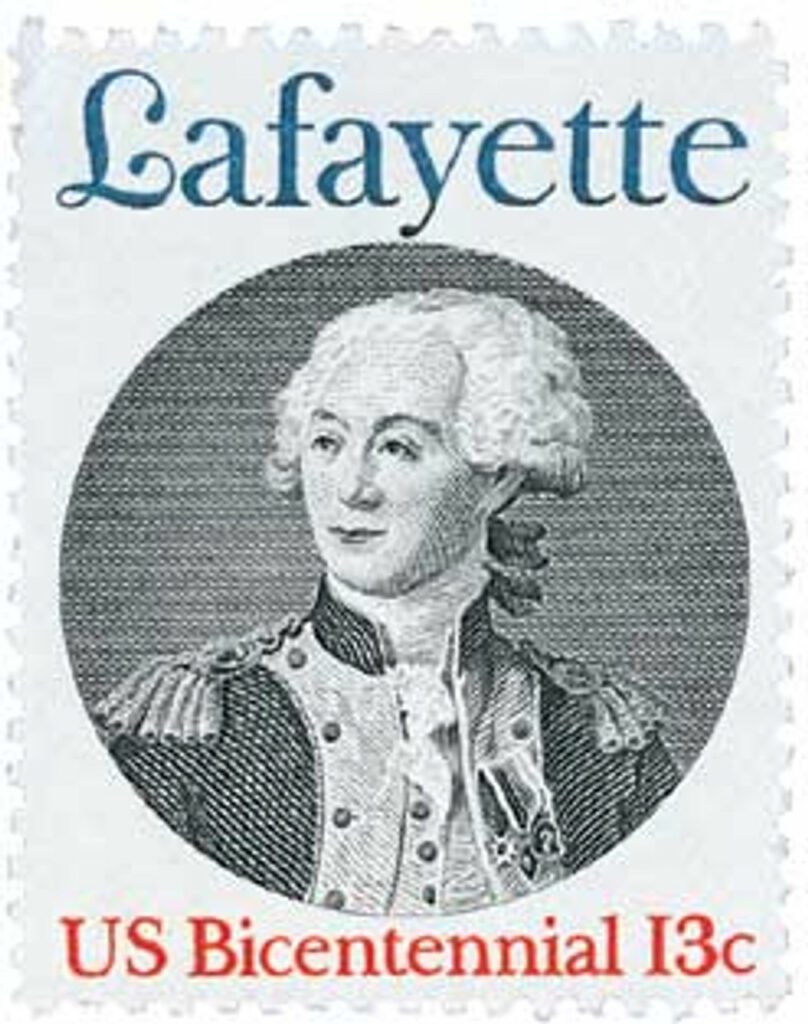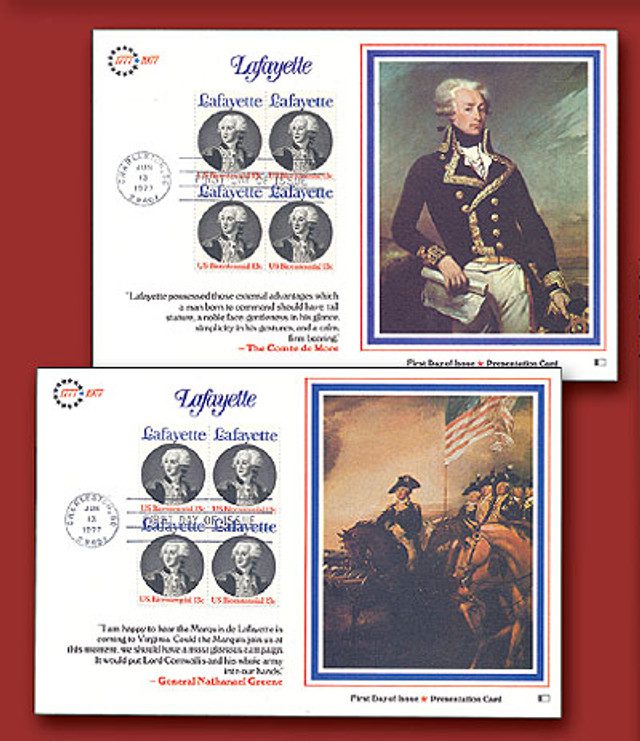On August 15, 1824, Gilbert du Motier, the Marquis de Lafayette, returned to the United States for the first time in nearly forty years. Now sixty-seven years old, Lafayette was the last surviving major general of the Revolutionary War.
President James Monroe and both houses of Congress had invited him to visit as “The Nation’s Guest” in honor of the upcoming 50th anniversary of American independence. When his ship, the Cadmus, anchored off Staten Island that Sunday morning, he was greeted by the thunder of a thirteen-gun salute from Fort Diamond and a flotilla of naval and merchant ships. Out of respect for the Sabbath, he did not enter Manhattan until the next day, choosing instead to spend the night quietly on Staten Island.
The following morning, August 16, New York City erupted into celebration. Lafayette landed at Castle Clinton and proceeded up Broadway in a grand parade that lasted for days. Estimates suggest between 50,000 and 80,000 people—nearly two-thirds of the city’s population—lined the streets to see him. His coach, drawn by white horses, passed under triumphal arches while militia units fired salutes and crowds showered him with flowers. Newspapers proclaimed him “the greatest man in the world,” and the sheer size of the turnout made New York’s welcome the largest celebration of his entire thirteen-month tour.
From New York, Lafayette traveled through New England, visiting towns and cities that treated him as a living link to the Revolution. In Boston and Cambridge, he was received with speeches, processions, and banquets. His visit to Cambridge coincided with Harvard’s commencement, where students greeted him enthusiastically. He also stopped in Quincy to visit former President John Adams, renewing their old wartime friendship. In September, Lafayette journeyed up the Hudson River to West Point, where cadets honored him with military displays, and to Troy, New York, where he toured Emma Willard’s pioneering school for girls.
By late September he reached Philadelphia, where the city staged one of its most elaborate civic events to date. More than 6,000 militia paraded in his honor, and a hundred-gun salute thundered as he passed beneath decorated arches toward Independence Hall. In Baltimore, Lafayette visited Fort McHenry, the site that had inspired “The Star-Spangled Banner” during the War of 1812. He reportedly wept as he recalled his old comrade George Washington and the sacrifices of the Revolutionary generation. Baltimore’s harbor also drew an impressive 50,000 spectators for a rowing event associated with his tour,

Lafayette’s tour took him to every one of the twenty-four states in the Union, covering more than 6,000 miles. In Virginia, he called on James Madison at Montpelier and later visited Thomas Jefferson at Monticello. In Alexandria, residents staged a grand parade complete with military bands, while in smaller towns citizens lined the streets simply to shake his hand. Everywhere he went, he was met by veterans eager to see their former general and by younger Americans eager to meet a hero from their history books.
The tour also left a permanent imprint on the nation’s geography and memory. Dozens of towns and counties—such as Lafayette, Louisiana; Lafayette, Indiana; and Fayetteville, North Carolina—bear his name. Streets, parks, and squares across the country were renamed for him. Institutions such as Lafayette College in Pennsylvania, founded just two years after his visit, honored his legacy in education. Statues of Lafayette would later rise in New York City, Washington, DC, and elsewhere, physical reminders of the affection Americans felt during his journey.
Altogether, hundreds of thousands of Americans saw Lafayette during his thirteen-month stay. What made his return so meaningful was not simply the scale of the celebrations, but the spirit behind them. Lafayette was more than a visiting dignitary—he was a living embodiment of the ideals of liberty and democracy. His journey through the United States reminded the young republic of its shared history and the sacrifices that had secured its independence. On that first day, August 15, 1824, the cheers, salutes, and quiet respect on Staten Island marked the beginning of an extraordinary farewell tour. By the time he departed in September 1825, Lafayette had strengthened the bonds between the United States and France, inspired a wave of tributes, and left an enduring mark on the American landscape.
| FREE printable This Day in History album pages Download a PDF of today’s article. Get a binder or other supplies to create your This Day in History album. |
Discover what else happened on This Day in History.






Wow, that is amazing to have a true hero that everyone could rally behind. Back then, there was not a lot of billion dollar deals behind the scenes that would cause a conflict of interest. The leaders put their necks on the line, and believed in the cause…..Period…..
Today too few Americans know of Lafayette and the vital role France played in securing our independence.
This post on Lafayette is a great service to us. Thank you, Mystic.
It recalls an important time in American history that is no longer part of the American educational curricula. I don’t mean that only Layfayette’s visit is absent from schools today, but the larger narrative of the story of America’s founding is. In fact, American history is absent. I don’t want to romanticize the past or America’s “perfect” founding. There were abundant troubles. But there was a time when so many Americans were not at each other’s throats, and we could agree, perhaps, that while we are not a perfect nation (and none is), this experiment in self-governance was a noble endeavor, indeed. And the crowds spoken of in this article, in multiple cities all across young America, were rightly excited to welcome back a true rock star who had helped make their new country a reality. In fact, the ideal behind our own country’s founding had attracted Layfayette to come fight for America. Maybe it would motivate France. His own land, however, in 1789, did not follow our example of ordered liberty but went full revolution and destruction.
Detroiters knew of Lafayette because of his statue downtown in Lafayette square. And no one damaged his statue that I was aware of…
Thank you Mystic. Thinking of the sacrifices that were made for the country to form and the colonies to escape being ruled by England. Compared to today the population was small yet there were a great many who stepped forward, their property and lives being at risk for the good of all. We sure could use some noble individuals to lead us at this time.